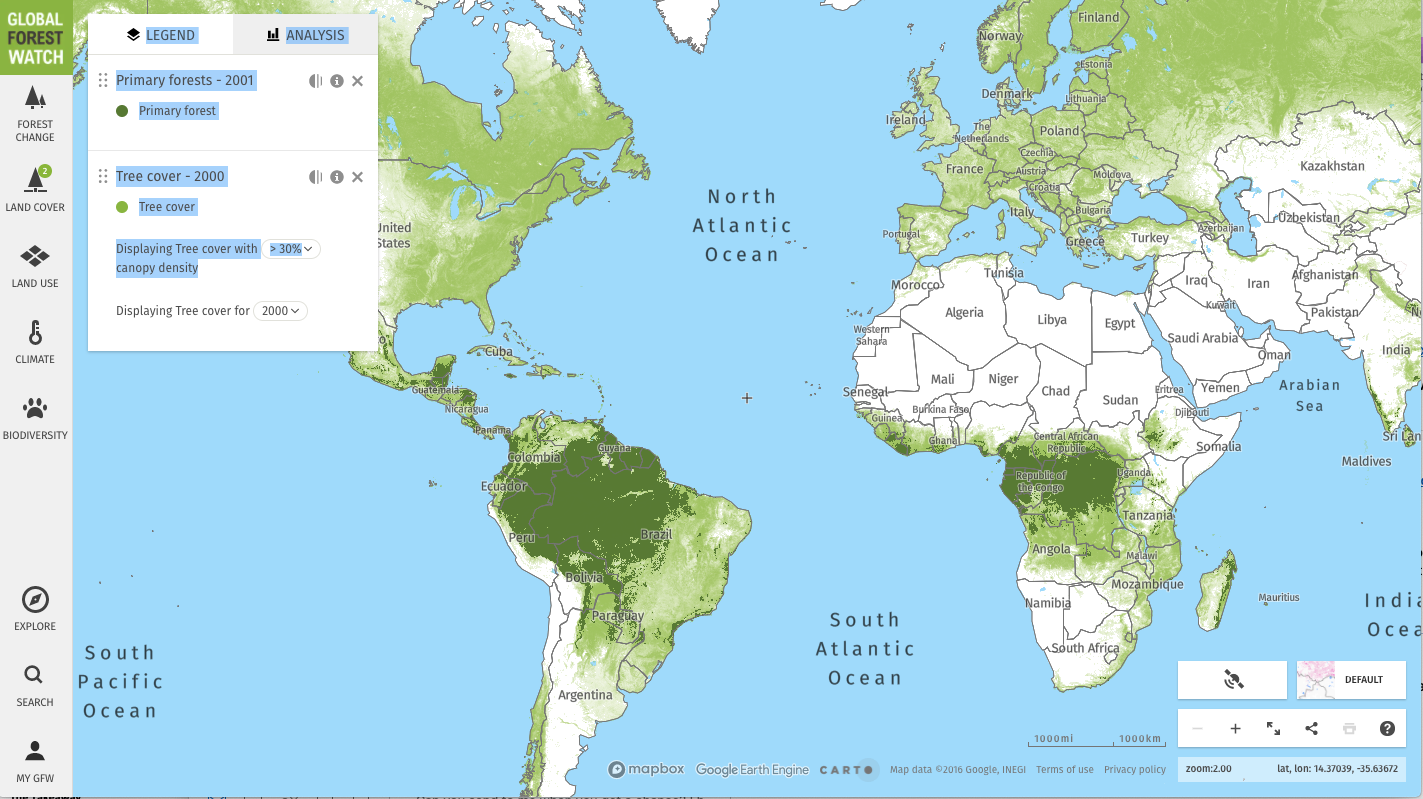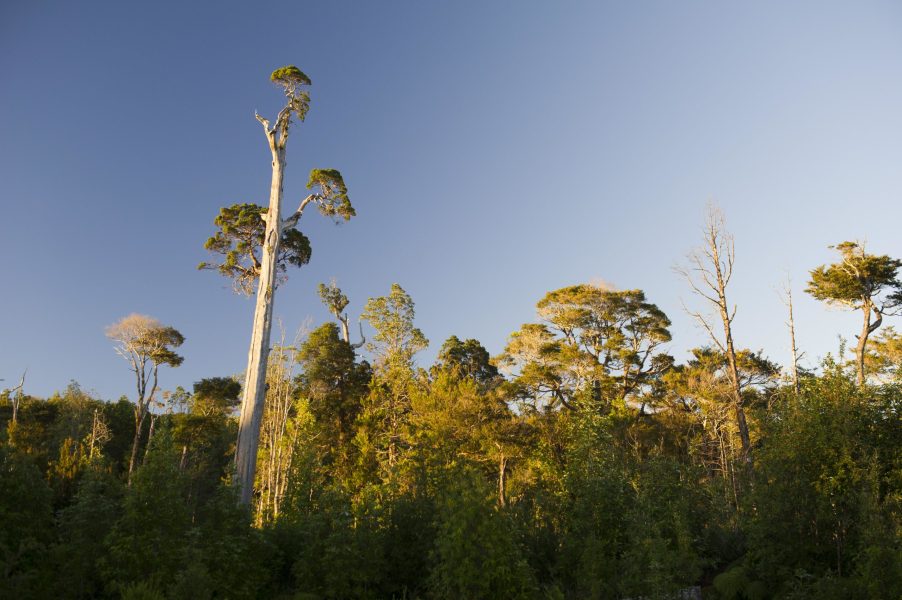A study shows that one of the most powerful ways trees can help mitigate global climate change may also be one of the most overlooked: letting nature takes its course.
The Gist
Led by scientists from The Nature Conservancy and published in the journal Nature, the paper, “Mapping carbon accumulation potential from global natural forest regrowth,” shows that allowing forests to grow back naturally should be regarded as a critical nature-based approach to mitigating climate change.
The study, which maps potential aboveground carbon accumulation rates for forest regrowth across the globe, provides a much-needed benchmark for assessing the potential of forest regrowth as a climate mitigation strategy compared to other measures like large-scale tree-planting. This study also showcases how those accumulation rates can vary widely—up to 100-fold—based on factors like climate, soil and slope.
The Big Picture
“One of the key questions for reforestation as a natural climate solution is, ‘how much carbon can you get?’ That’s what this paper is about,” says lead author Dr. Susan Cook-Patton, a senior reforestation scientist at TNC. “Governments, businesses, NGOs, local communities—anyone looking at reforestation for climate change can use this to start their planning. Look at an area of opportunity, lay it on top of the map and get a good estimate of how much carbon they could get by letting their forests regrow naturally in that area.”
The study also provides a consistent method for quantifying potential carbon accumulation in naturally regrowing forests over the next 30 years, at global and local scales. This can help highlight the places where forests are most likely to grow the fastest.
The authors also note that their research finds that current default rates from the Intergovernmental Panel on Climate Change (IPCC) “are on average 32 percent lower than our predicted rates and most notably 53 percent lower in the tropics, suggesting that tropical countries using IPCC default rates may underestimate the mitigation potential of natural forest regrowth. Moreover, the default IPCC rates miss 8-fold variation within ecozones.”
The Takeaway
“We already know the many benefits of restoring global forest cover – from capturing carbon and cleaning our air and water, to providing habitats for wildlife to help stem the biodiversity crisis, as well as providing sustainable development opportunities for local communities,” says Cook-Patton. “What’s been missing to date is robust, actionable data that helps decision-makers understand where natural regrowth makes the most sense as a tool to tackle climate change. Our study will help change that.”
Published in collaboration with World Resources Institute and 17 other research organizations, the paper synthesizes results from 256 previous studies (selected from a review of over 11,000 studies) and contains more than 13,000 measurements from locations worldwide. The result is a first of its kind, ‘wall-to-wall’ global, 1km resolution map that highlights areas with the greatest carbon returns from the first 30 years of allowing lands to reforest naturally.

The map enables more robust comparisons of natural forest regrowth to other climate mitigation options and confirms that letting forests regrow naturally can strongly contribute to stabilizing global warming.
“We know there is no single, one-size-fits-all solution for addressing climate change. Our goal with this study was to show where forests can capture carbon fastest on their own, a mitigation strategy that complements keeping forests standing,” explains co-author Dr. Nancy Harris from World Resources Institute. “If we let them, forests can do some of our climate mitigation work for us.”




Join the Discussion